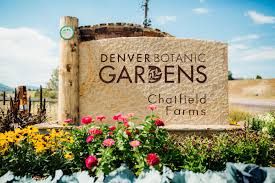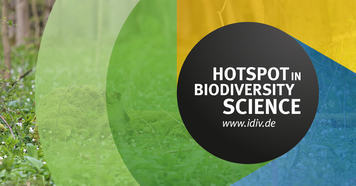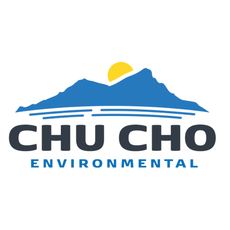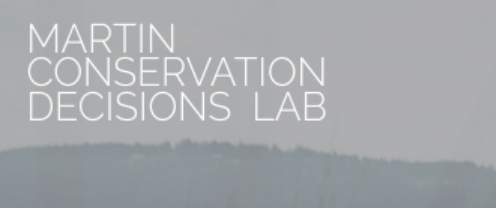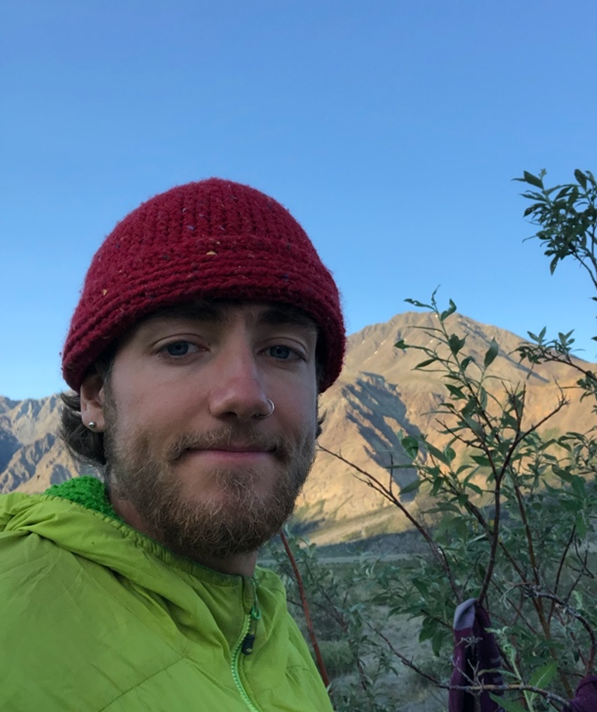Collaborator organizations
Collaboration is one of the fundamental strengths of science. We have the almost unique requirement to share ideas and knowledge across sectors, regions, and perspectives. This is particularly true in conservation or restoration-focused research, where we partner with many communities outside of science, each of which brings their own deep knowledge and understanding of a topic. Luckily, this task is incredibly fulfilling, brightening and shaping our science in truly meaningful ways. Also, we get paid to sit around and talk to interesting people about nerd science stuff. It's pretty great.
Our collaboration network spans the globe, with research partners in almost every corner and sector. We also have active and exciting projects shared across our own School of Environmental Studies at UVic. However, we have key organizational collaborations that drive some of our research, and we want to give them kudos here. We are also always looking for new research partners, so reach out at any time to chat science and discuss common goals.
Our collaboration network spans the globe, with research partners in almost every corner and sector. We also have active and exciting projects shared across our own School of Environmental Studies at UVic. However, we have key organizational collaborations that drive some of our research, and we want to give them kudos here. We are also always looking for new research partners, so reach out at any time to chat science and discuss common goals.
Denver Botanic Gardens (DBG)
Working with DBG Chatfield Farms (and their site staff and scientists) has been a dream. They are excited about conservation and restoration, about public education, about land management, and about science. Creative and efficient, they have provided a little restoration play space for us, and have done their own amazing work all over the property. We are incredibly lucky to have them as collaborators.
|
German Centre for Integrate Biodiversity Research (iDiv)
Full of brilliant, driven scientists, iDiv researchers from around the globe work to "establish the scientific basis for the sustainable management of our planet’s biodiversity". Their work with us has centered on conceptual and data-driven synthesis. They've been an enthusiastic and deeply supportive partner in several projects, and we hope to keep growing that relationship over the next many years.
|
Chu Cho Industries and partners
We work with Chu Cho Industries, Chu Cho Environmental, and the Tsay Keh Dene Nation in traditional Tsay Keh Dene territories to research methods of vegetation-based management in the Williston Reservoir drawdown zones. Both CCE and CCI are wholly owned by the Nation, and are industry-leading environmental research & consulting service providerz for projects in Northern BC and beyond.
|
Conservation Decisions Lab
We have an ongoing and exciting collaboration with Dr. Tara Martin's Conservation Decisions Lab at the University of British Columbia. This group is leading the way in turning ecological data into decisions. They focus on better understanding cumulative impacts and to restore biodiversity and culture, to inspire transformational change.
|
Project Interactive Argumentation Support for Invasion Biology (INAS)
|
Project INAS brings together people from Natural Language Processing, Biology, Semantic Web and Knowledge Representation to develop an argumentation machine that supports users in and during the argumentation process in a scientific context. Through a close partnership with Dr. Tina Heger, we work to understand how data technology can be leveraged to support restoration practice.
|
